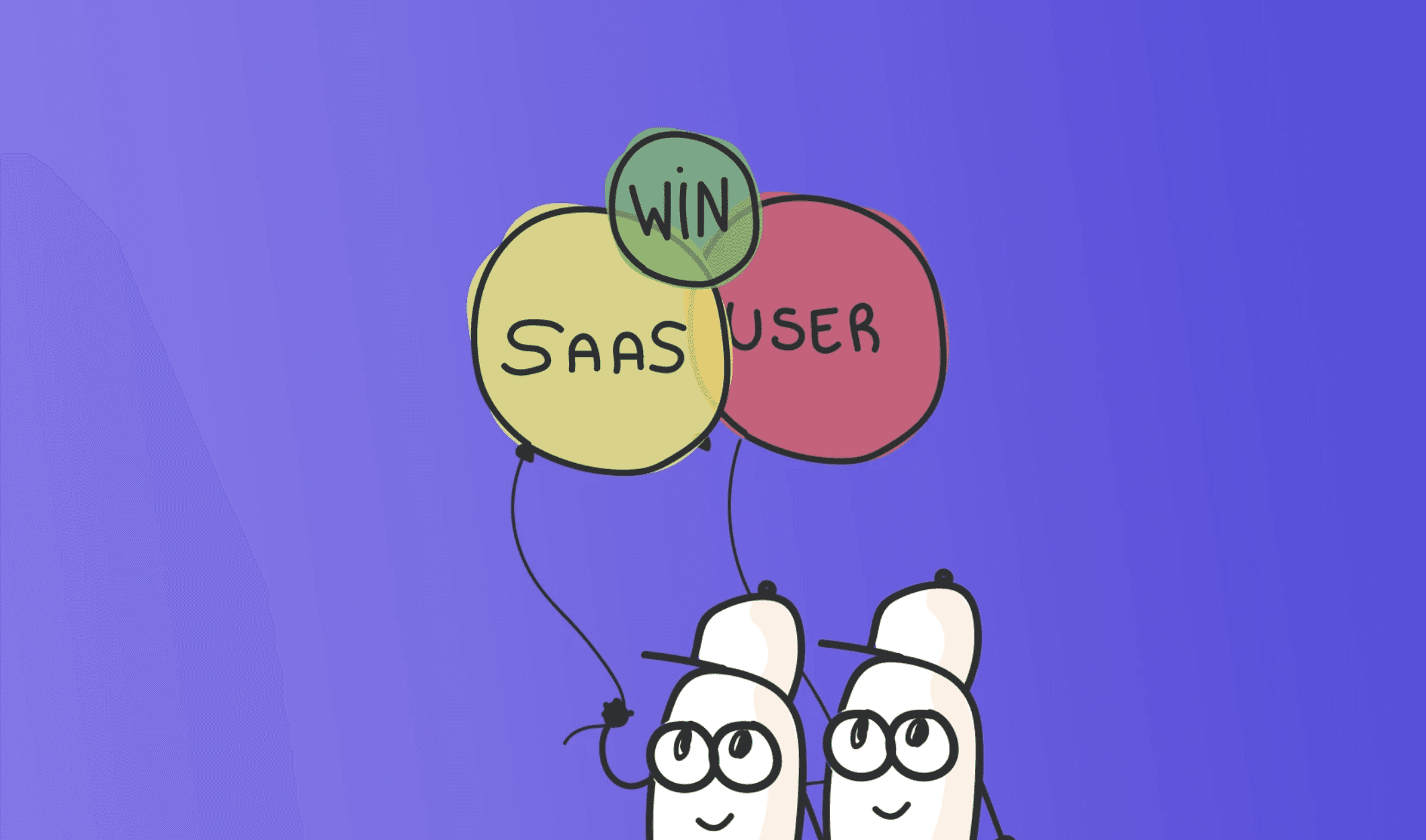
Businesses are overwhelmed with huge amounts of data from different sources, starting from customer interactions to market trends. Nevertheless, the main problem is to convert this data into information that can be used to make the business grow and at the same time to improve customer service. The development of customer intelligence has been the key to solving this problem, which has made businesses to be able to use the data and get useful information on customer behavior and preferences.
This article will take us through the advancement of customer intelligence, from its starting point to its big impact on the business world now, with the help of Grid Dynamics, a well-known company that provides customer intelligence solutions.
The Early Days of Customer Intelligence
Customer intelligence has its origin in traditional market research and demographic analysis, which was based on surveys, focus groups, and customer feedback to comprehend the target audience. Even though these methods were useful in getting the information, they were very time-consuming and could not cover the whole picture of customer behavior.
The Rise of Big Data and Analytics:
The coming of big data and analytics changed the face of the customer intelligence field, and businesses now have access to a huge amount of structured and unstructured data that they never had before. Through the use of advanced analytics techniques like predictive modeling, machine learning, and natural language processing, businesses obtained the ability to get valuable insights from data sources that range from social media posts to online transactions.
Moving Towards Predictive and Prescriptive Analytics
With businesses getting more skilled in using big data and analytics, the attention has moved from descriptive to predictive and prescriptive analytics, which allows businesses to foresee future trends and make data-driven decisions. Through the analysis of historical data and the identification of patterns and correlations, companies can use customer-led growth strategies for forecasting their behavior and preferences with more accuracy, hence, they can design their products and services to meet changing customer needs.
The Role of Artificial Intelligence and Machine Learning
Artificial intelligence (AI) and machine learning are the new factors that have revolutionized the field of customer intelligence. They have made it possible for businesses to automate and optimize their data analysis processes. Chatbots and virtual assistants are examples of AI-powered solutions that are transforming the way companies comprehend and interact with their customers.
Harnessing Customer Intelligence for Competitive Advantage
In the present highly competitive business world, customer intelligence is the key that can make a business stand out from the rest. Through the use of the latest customer intelligence solutions, businesses can detect emerging trends, predict customer needs, and provide personalized experiences that will make the customers loyal and advocates of the brand. Grid Dynamics, which is the first in advanced customer intelligence, provides the best solutions that help companies to use the data for growth and innovation.
Conclusion
The development of customer intelligence has changed the way businesses perceive and interact with their customers, from reactive to proactive, from transactional to relational. Through the use of the latest technologies like analytics, artificial intelligence, and machine learning, businesses can make the most of their data and get useful information that will help them grow and improve their customers' experiences.
While we are still in the process of accepting the opportunities of advanced customer intelligence, businesses should keep up with the developments and choose reliable providers like Grid Dynamics to help them solve the problems of the digital age and succeed in a world where data is becoming more and more important.
To sum up, customer intelligence goes from data to actionable insights with the help of constant evolution and innovation. Through the application of the most recent technologies and best practices, businesses can liberate all the data that they have and, thus, get a better understanding of their customers, which will lead to the improvement of customer experiences and the growth that is sustainable.



